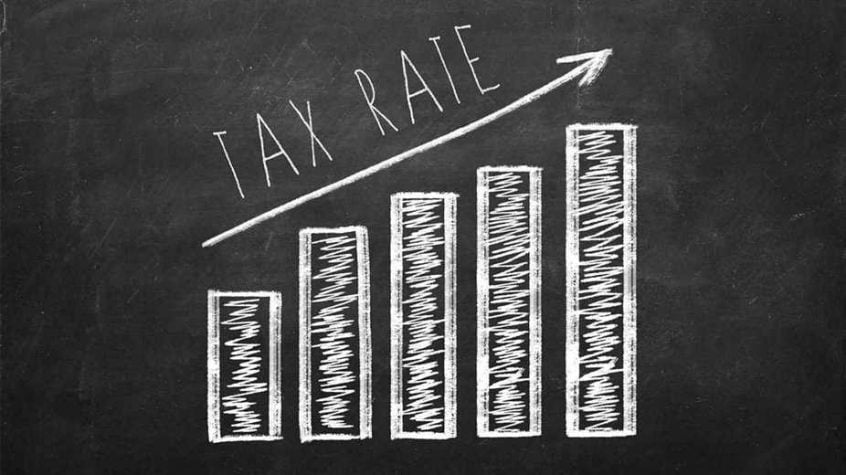There’s a lot of advantages to dividing power between governments; it allows individual regions to cater more carefully to the needs of their population. The disadvantage to multiple parties splitting power, however, is inconsistency. Look at the conflict between Alberta and British Columbia over pipelines, for an example of how provincial powers, both under a greater federal power, can lead to inefficiencies. The confusing element of provincial/federal power splitting that we’re going to be looking at today is sales tax rates.
Let’s start by looking at the different kinds of sales tax; that alone will give you an idea of how complex this can get. The first type of sales tax is GST. A lot of people think it stands for “Government Sales Tax”; in fact, it’s a “Goods and Services Tax”. The current GST rate is 5%. Then there’s PST, which stands for “Provincial Sales Tax,” which is collected by the provinces. Finally, there’s HST, or “Harmonized Sales Tax” which merges PST and GST; HST has some important implications for home buyers and other purchases; we’ll run an article on HST sometime soon. Quebec has QST, which operates very much like PST, but is called the “Quebec Sales Tax”.
Depending on which province you’re buying or selling in, you’ll have different tax rates. Alberta, for example, only charges GST. The territories also only charge GST, but that’s as a consequence of their relationship with the federal government being different than that of the provinces. BC, Manitoba, Quebec and Saskatchewan charge a combination of PST (or QST) and GST, while the remaining provinces all charge HST.
As a business owner, it’s important to charge the appropriate sales tax when you’re transacting in a particular province; put another way, you charge taxes based on where you’re selling, not where you’re based. That means you only need to charge GST when selling to Albertans or folks living in the territories. You’ll need to charge HST in the provinces who have HST; what’s nice about HST is that having a GST account automatically sets you up for HST (the goal of HST was to streamline taxation).
Selling to the other provinces is where things get tricky; each of them has slightly different requirements. Take Saskatchewan, for example; they ask you to sign up for a PST account as a courtesy to their customers, but if you don’t, it becomes your customers’ responsibility to pay PST on anything you’ve sold them. Manitoba, conversely, requires you to collect PST if your business meets all of four conditions, including a requirement that you actually solicit sales in Manitoba. Quebec and BC, too, have a number of rules about who has to charge PST (or QST), and how to register with their governments.
For more complete details about tax schemas by province, I highly recommend checking out the Government of Canada’s overview of charging tax by province. Not in the mood to wade through bureaucracy? Find an accountant in Winnipeg who has been in business for some time, and get professional advice on your taxes.

